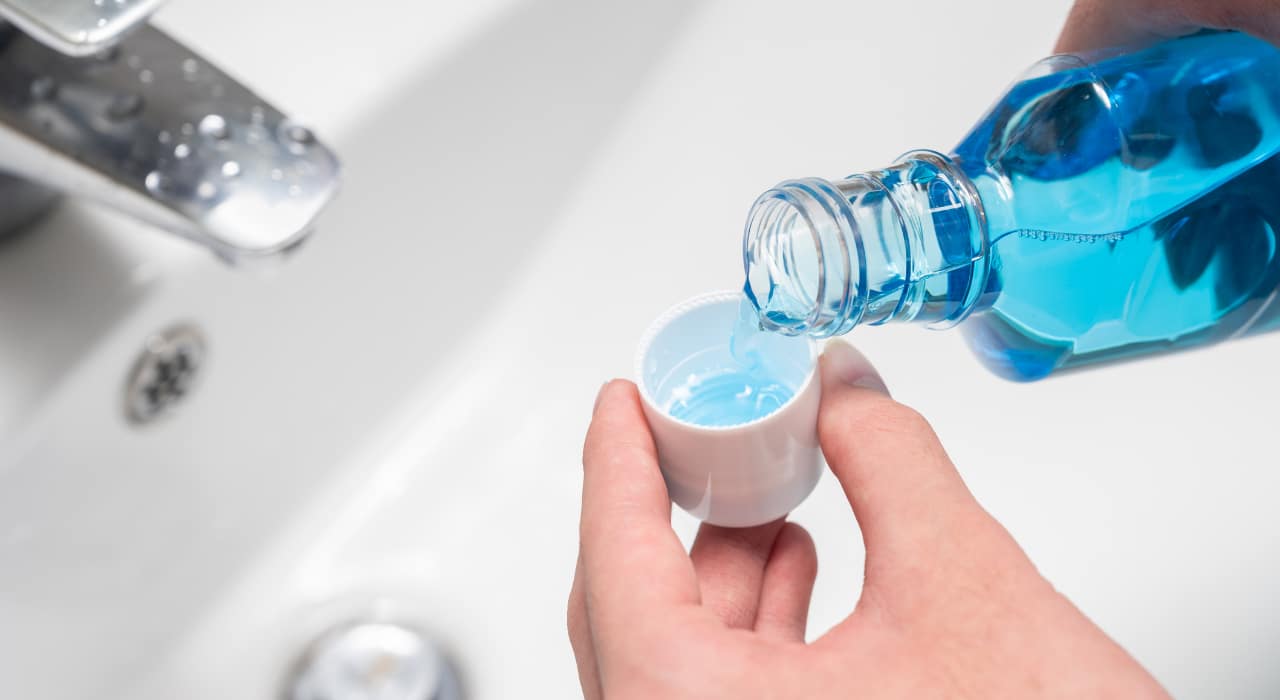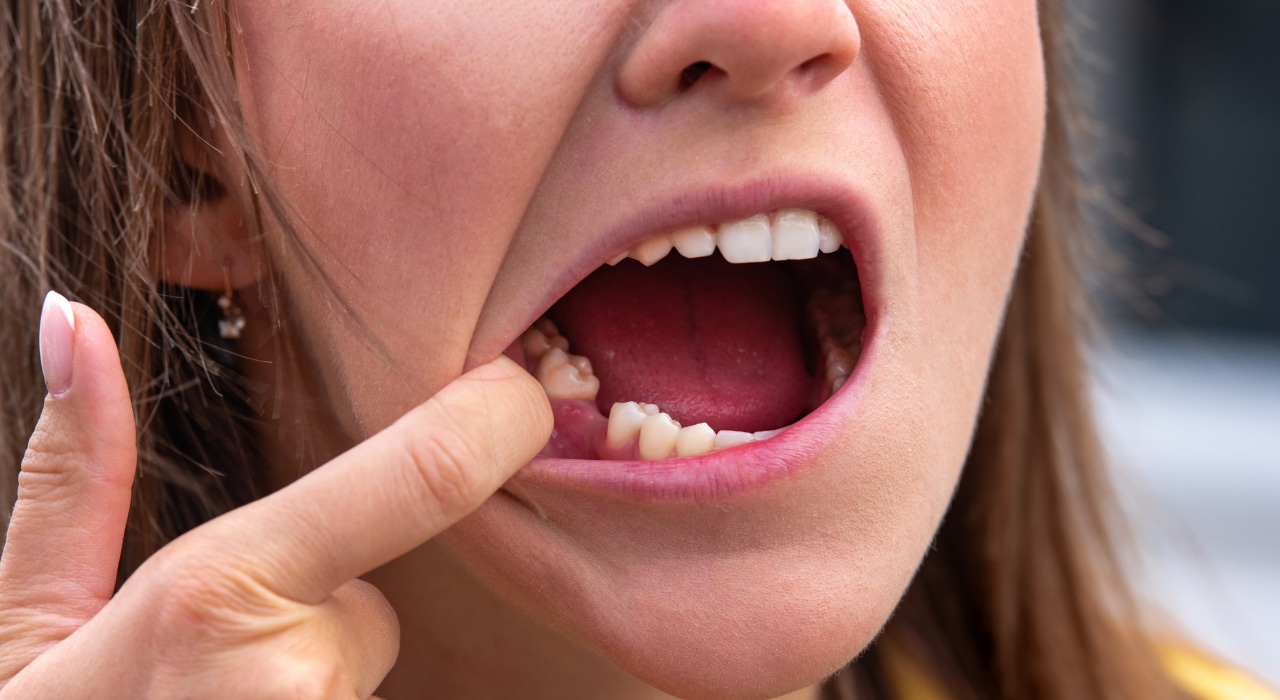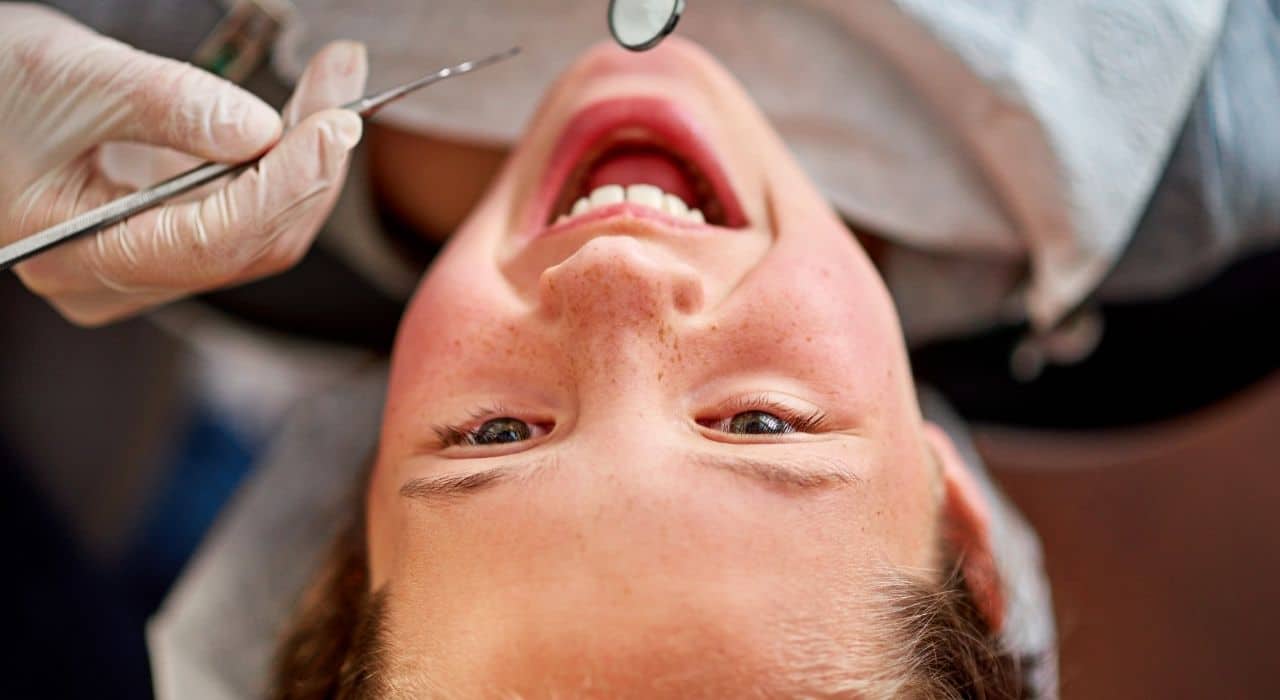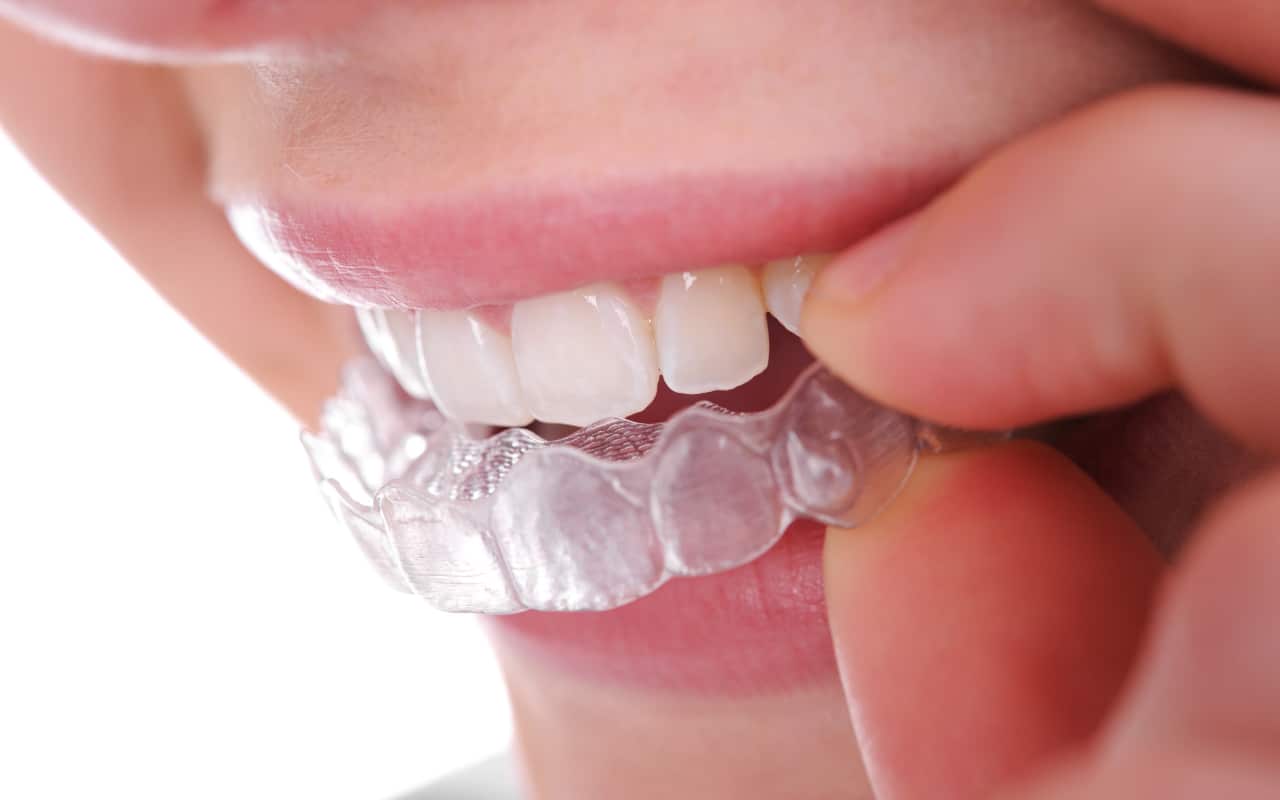What Mouthwash Is Right For Your Teeth
Mouthwash FAQ
Mouthwash is an important part of oral care, but it’s important to choose the right type of mouthwash for your needs. Therapeutic mouthwashes are designed to reduce your risk for oral disease, while cosmetic mouthwashes only temporarily freshen your breath. Be sure to consult with your dentist in Lexington KY to determine which type of mouthwash is right for your teeth. Cosmetic mouthwash is only designed to freshen breath temporarily, but therapeutic mouthwash can help reduce your risk for cavities and other oral diseases.
Mouthwash That Helps Boost Your Breath
Cosmetic mouthwash is an over-the-counter product that helps to temporarily control bad breath and leaves behind a pleasant taste. Although this has no chemical or biological application – which means it will not fight plaque, gingivitis, or cavities. Cosmetic mouthwash can, however, help to remove oral debris that might linger after brushing your teeth and feeling clean. In addition, many cosmetic types of mouthwash contain fluoride, which can help to strengthen tooth enamel and reduce the risk of cavities. You can use this as part of a regular oral care routine, cosmetic mouthwash can help to keep your mouth healthy and your breath smelling fresh. However, it is important to remember that cosmetic mouthwash should not be used as a substitute for brushing and flossing, as it will not remove plaque or bacteria from your teeth or gums.
Therapeutic Mouthwashes That Benefit You
Therapeutic mouthwashes are an important part of maintaining oral health. They have active ingredients that, depending on the specific formulation, address or help to prevent various oral diseases. Conditions including tooth decay, gum disease, mouth pain, dry mouth, and bad breath. Besides freshening breath, some even offer whitening capabilities. Many therapeutic mouthwashes are available over the counter and can be used as part of a daily oral care routine. When used as directed, they can help improve your oral health and prevent or treat various oral conditions. So be sure to pick up a therapeutic mouthwash the next time you are at the store. Our friends at College Hill Dental Group, the best dentist in Easton PA, know that your smile will thank you for it!
Contact Us Today!
At Park Hills Family Dentistry, we are committed to providing our patients with the highest quality of dental care. We offer a wide range of services, from routine cleanings and exams to more complex procedures such as dental implants and crowns. We also offer convenient payment options and accept most major insurance plans. Our goal is to make every patient’s visit as comfortable and stress-free as possible. Contact us today to schedule an appointment. We look forward to meeting you!











